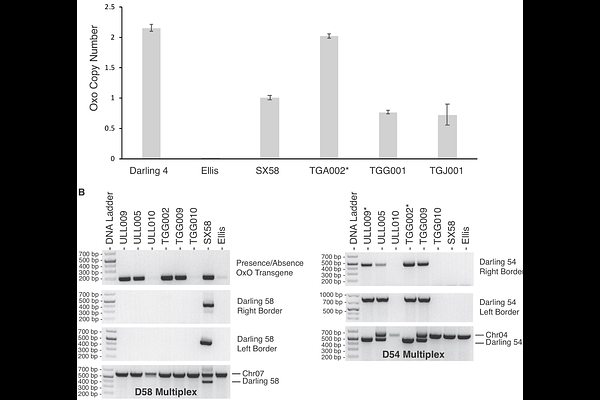Speed breeding transgenic American chestnut trees toward restoration

Speed breeding transgenic American chestnut trees toward restoration
Klak, T.; Pilkey, H.; May, V. G.; Matthews, D.; Oakes, A. D.; Tan, E. H.; Newhouse, A. E.
AbstractThe American chestnut (Castanea dentata) was a dominant, foundational forest canopy tree in eastern North America until an imported chestnut blight (caused by Cryphonectria parasitica) rendered it functionally extinct across its native range. Biotechnological approaches have the potential to help restore the species, but field-based breeding advances are hampered by long generation times, [≤]50% transgene inheritance, and regulatory restrictions on outdoor breeding of transgenic trees. Self-incompatibility and flowering phenology further limit generational advances and field testing of chestnuts. Our work here demonstrates that long generational times and field constraints can be circumvented by producing both male and receptive female flowers in controlled indoor environments. Additionally, we developed an embryo rescue protocol for both indoor and field conditions, in which developing embryos can be extracted and micropropagated from immature seeds between 6- and 8-weeks post pollination. These advances have enabled production of the first homozygous transgenic American chestnuts, which have produced pollen that was used for outdoor controlled pollinations and yielded nearly 100% transgene inheritance by offspring. This work also provides event-specific DNA markers to differentiate transgenic chestnut lines and identify homozygous individuals. We demonstrate that an obligate outcrossing forest tree can reach sexual maturity rapidly in controlled, indoor environments. When coupled with genomic analyses and other biotechnological advances, this procedure could facilitate the reintroduction of this iconic species.